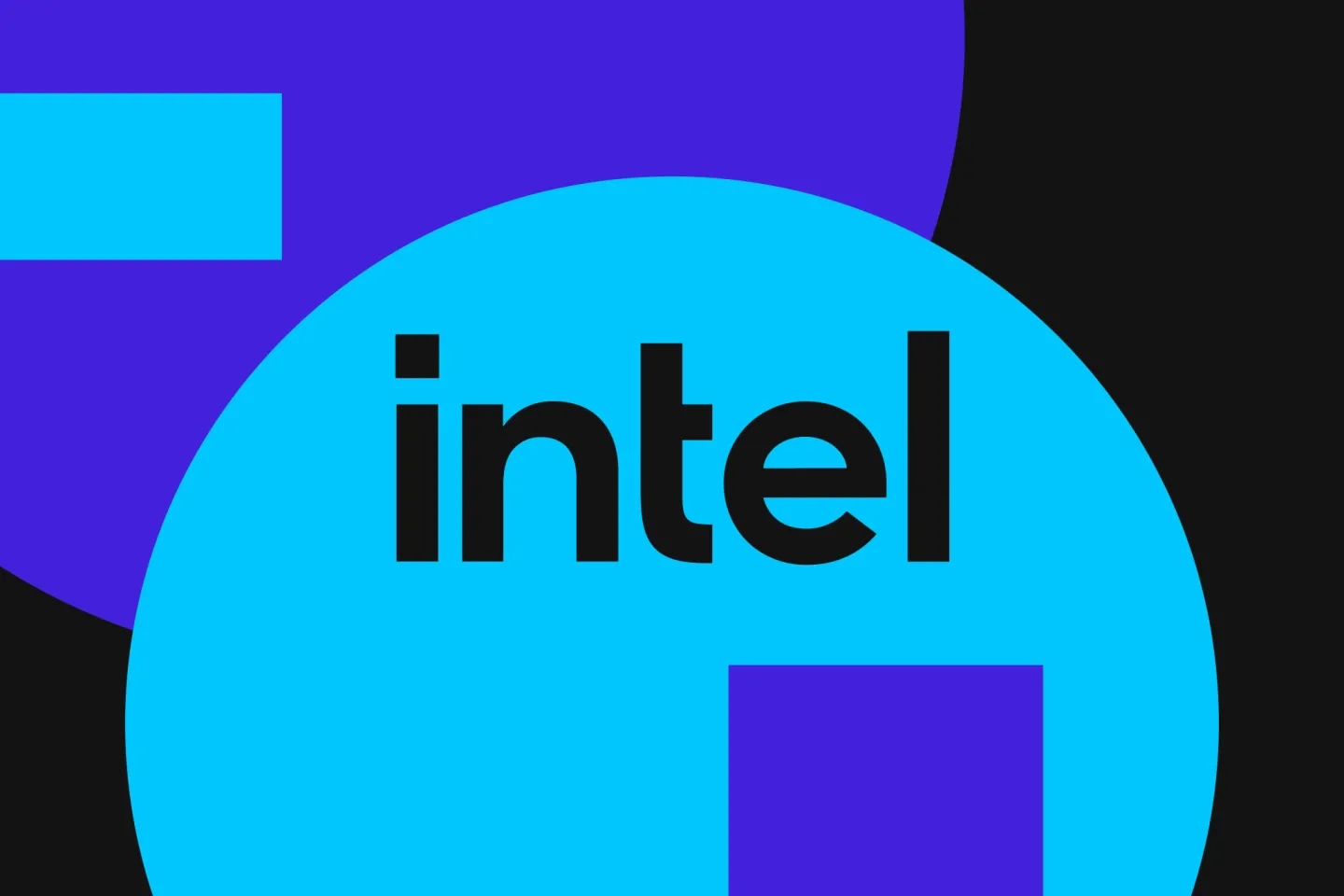Last quarter, amid turmoil and restructuring, chipmaker Intel announced one of the largest corporate quarterly losses of all time — $16.6 billion, ten times worse than its $1.6B loss the quarter before. But in today’s Q4 2024 and full-year earnings release, Intel’s not hurting as badly: the company just announced a mere $126 million quarterly loss on $14.3 billion in revenue.
That doesn’t mean the company’s in great shape, exactly, as its primary businesses were all down this quarter and barely up over the full year (see table below). And if you thought its chipmaking foundries were spending too much back when they lost $7 billion in 2023, well, Intel just revealed the foundries lost nearly double that — $13.4 billion — across 2024.
Some people would argue that foundry money is just the price Intel’s paying to invest in its future, catch up to rivals, and stay the only major chipmaker that designs and fabricates its chips from scratch. And by “some people,” I mean it was ousted Intel CEO Pat Gelsinger’s goal. But now he’s gone, there have been more whispers about Intel spinning off its chipmaking businesses, something Gelsinger somewhat seeded himself.
Today on the earnings call, Intel co-CEO Michelle Johnston Holthaus didn’t commit to either keeping or spinning out the foundries, but hinted that “Intel Foundry will need to earn my business every day, just as I need to earn the business of my customers.” She suggested they’d work together either way: “A stronger Intel Products combined with a more competitive Intel Foundry is a recipe for success overall.”
Intel says its foundry business is doing better anyhow, with reduced losses of $2.3 billion last quarter, expected “financial improvements” coming next year as it ramps production of its extreme ultraviolet lithography (EUV) chips, and a plan to hit “op inc break-even” by the end of 2027. Intel says its all-important 18A process, which uses EUV, will produce chips in volume in the second half of next year. (That’s when Panther Lake, the successor to Lunar Lake, will arrive.)
Intel was also the largest recipient of the CHIPS Act, though that amounted to single-digit billions worth of government funding: $7.68 billion, of which it’s received $2.2 billion so far.
Intel is also hurting in the great race for AI chips, with its Gaudi far behind Gelsinger’s goals, and Holthaus admits the company’s not doing well in the AI data center. “I am not happy with where we are today,” she said on the call, admitted that “we’re not yet participating in the cloud-based AI data center market in a meaningful way.”
To help speed things up, she says Intel is canceling its next big AI chip, codename Falcon Shores, and keeping it “as an internal test chip only without bringing it to market.” She says the plan is to “simplify our roadmap and concentrate our resources.”
Meanwhile, the company seems to be laying off just as many employees as promised: by the end of 2024, it had 15,000 fewer employees than it did the previous quarter, the company confirmed today.
Over the full year, Intel lost $18.76 billion on $53.1 billion in revenue.
Developing: I’ll be listening in on the Intel earnings call shortly (at 5pm ET) to see if we learn anything additionally intriguing; this’ll be the first from Intel’s new interim co-CEOs, one of whom promised at CES 2025 that the company’s actually still committed to graphics.


